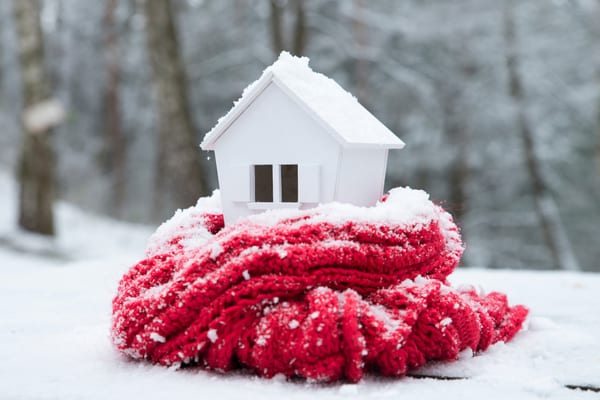When the dreaded cold months of winter arrive, it means many homeowners are put in a difficult conundrum to keep their homes warm without breaking the bank, and staying warm is becoming increasingly expensive.
The National Energy Assistance Directors Association (NEADA) estimates that For the 2025-2026 winter, the average U.S. home heating cost is projected around $976 total, with natural gas users paying about $693 (an 8.4% rise) and electricity users potentially reaching $1,205 (a 10.2% increase), driven by volatile prices and higher demand.
Here is the breakdown by Fuel Type:
- Natural Gas: Around $693 (up from $639 in 2024-2025).
- Electricity: Around $1,205 (up from $1,093 in 2024-2025).
- Heating Oil: Around $1,455 (a decrease from $1,515).
- Propane: Around $1,250 (a decrease from $1,316).
Utility debt is a major crisis in 2025, with household averages climbing to over $23 Billion as 1 in 6 households (21 million) fall behind on bills due to surging electricity and natural gas costs, leading to higher shutoff risks and severe financial strain, especially in the South and Appalachia, with millions facing collections. The average past-due balance hit nearly $800, while winter heating costs are predicted to rise, worsening the affordability gap for many Americans.
Okay, so that’s the bad news. The good news is that resourceful homeowners can find plenty of ways to cut down on costs. As USA Today reports, here are some tips from experts on how to stay warm this winter while still reducing your heating bills.
Have your HVAC Inspected
A heating system that’s running efficiently saves money. That means, the pricey cost of paying for a professional to come to your home and inspect your unit (anywhere from $150 to $500, Consumer Reports estimates) can pay off in the long run.
Climate-friendly heat pumps, for instance, can use up to 25% less fuel when they’re well-maintained, according to the U.S. Department of Energy. Inspections include replacing dirty filters and checking for safety issues like carbon monoxide leaks.
Get an energy efficient audit
An energy efficient audit could be a great way for homeowners to find where their homes heating and cooling efficiency is lacking, Narayanamurthy said.
Trained energy assessors can evaluate homes for issues like insufficient insulation or a heating system that might warrant replacement and then develop a plan for homeowners to address issues and lower energy bills.
The Home Performance with Energy Star program, a collaboration between the Department of Energy and and the Environmental Protection Agency, matches consumers in 20 states with reputable home performance contractors for assessments.
Check for tax incentives and rebates
If this all still sounds expensive, Narayanamurthy recommends you consider taking advantage of available rebates and tax credits through the Department of Energy.
The Inflation Reduction Act, passed in 2022, is still in effect and remains the most significant US climate and energy law, providing numerous tax credits, rebates, and investments for clean energy, electric vehicles, and energy efficiency through long-term programs, though some specific credits have expiration dates or evolving rules (like recent changes from the “One Big Beautiful Bill” Act).
More steps to take to lower your heating costs
Experts offer a variety of other tips that, altogether, could cut down on cold air coming into your home and reduce the workload on your heating unit.
- Weather-stripping doors and improving insulation helps to keep warm are in and cold air out.
- Draft air coming in through windows may mean they’re in need of maintenance – or replacement altogether. But before getting new windows, homeowners can try to caulk them to prevent air leaks. If replacements are needed, Consumer Reporters recommends considering low-emissivity (low-e) storm windows, which are coated to help keep the warmth inside.
- Cold air creeping in at the bottom of doors? A lengthy draft stopper (or even a rolled-up towel) is an inexpensive way seal it off.
—
Photo Credit: Kishiva / Shutterstock.com
